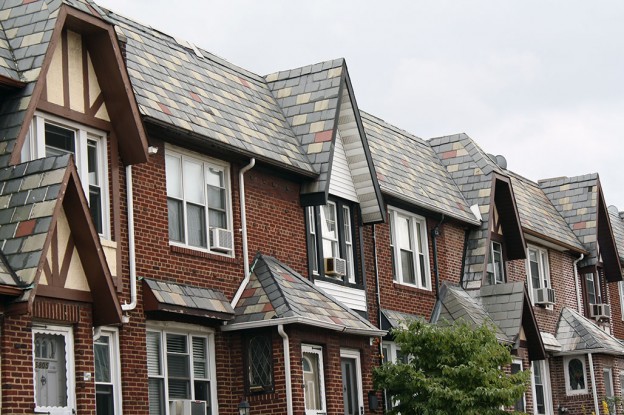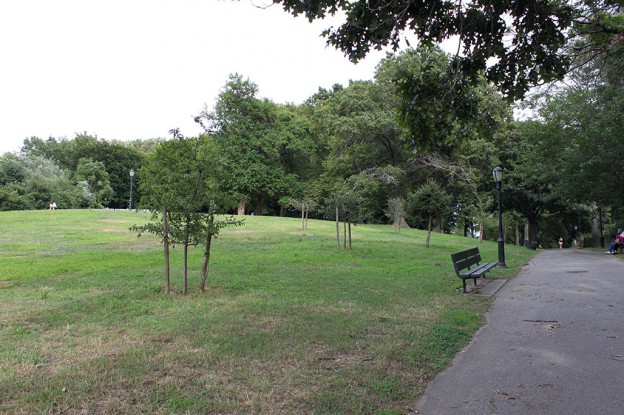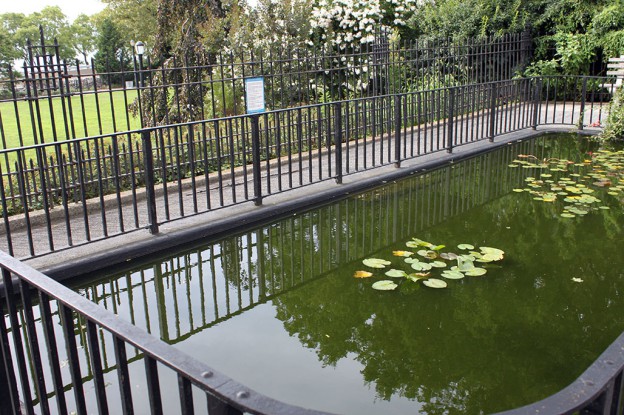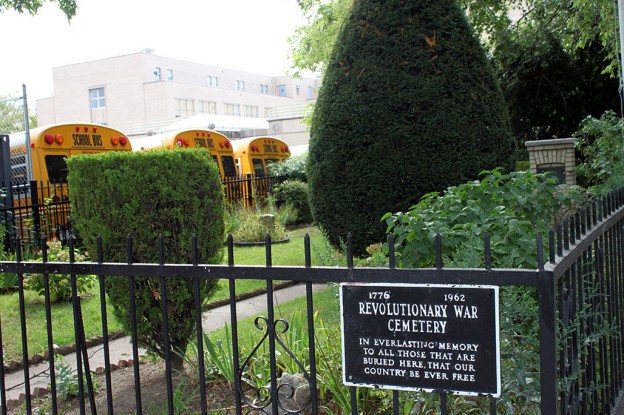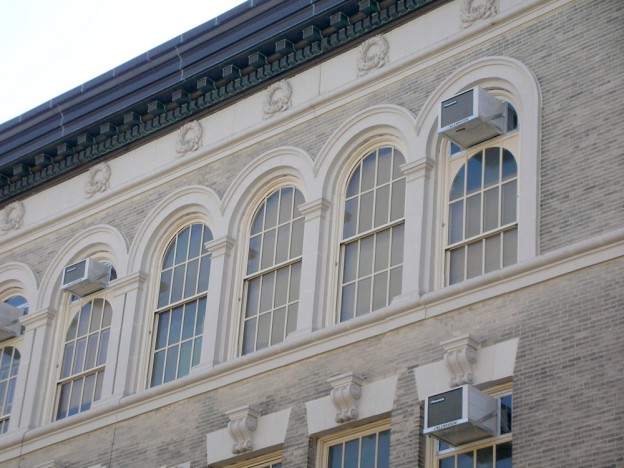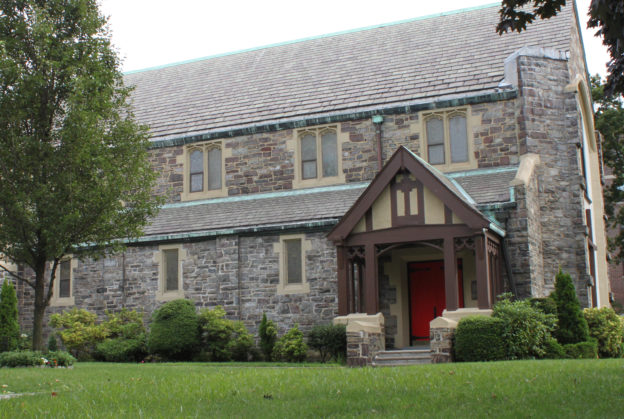Initially developed as a suburban enclave for Brooklyn’s business elite in the decades following the Civil War, Bay Ridge transformed into one of the borough’s most culturally diverse neighborhoods with the arrival of the IRT subway in 1916 and it remains so today. Visitors to this neighborhood will find vibrant commercial districts, cohesive rowhouse blocks, wood frame farmhouses, Victorian mansions, beautiful churches, pre-war apartment buildings, and quaint cul-de- sacs.
To learn more about Bay Ridge click here
Fred W. Eisenla, 1906–12;
State and National Registers of Historic Places|
One of the only brownstone blocks in Bay Ridge, this stretch of Senator Street has 40 rowhouses making up a National Register of Historic Places Historic District: numbers 317–347 on the north side and numbers 318–370 on the south side. The neo-Renaissance style houses feature carved panels, rosettes, pilasters and lion’s heads on the railings, as well as entry columns with unique capitals to differentiate each house. The street was named for Senator Henry Cruse Murphy, whose estate was nearby.
68th Street between Ridge Boulevard and 3rd Avenue, ca. 1940s|
Bay Ridge contains many cul-de-sac blocks developed to achieve small private enclaves. A particularly beautiful example is Madeline Court, whose adjoining houses are made of red brick and contain half-timbering details and slate tile roofs. Sloped brick gates with pitched-roof pillars form the entry into the court.
Colonial to Shore Roads, between 68th Street and the Belt Parkway|
Before Owl’s Head Park, this property was the estate of Henry Cruse Murphy, Mayor of Brooklyn, U.S. Congressman, New York State Senator and founder of The Brooklyn Eagle. In 1866, he met other politicians here to formulate the agreement for the construction of the Brooklyn Bridge. In that same year, he sold the estate to Eliphalet W. Bliss, a wealthy pressed metal manufacturer. Bliss constructed stables and an observatory tower, and upon his death in 1903, willed the estate to the city for use as a park. Locally the park is still referred to as Bliss Park. Its buildings were left to deteriorate and were all demolished before 1940. In 1994, the park was restored and an equestrian-themed playground was installed on the site of the stables.
Bay Ridge Avenue (69th Street) at Shore Road;
9/11 Memorial: Robert Ressler, 2005|
This 600-foot pier once served as the embarkation point for the Bay Ridge–St. George ferry. After the completion of the Verrazano-Narrows Bridge, it was opened for recreational use due to its stunning views. Because the pier once boasted unobstructed views of the World Trade Center, a 9/11 memorial was placed on the pier in 2005.
Shore Road between Bay Ridge Avenue and 72nd Street|
The botanical garden began as a volunteer project in 1995 and features a variety of plant species, a lily pond, a butterfly garden, a Zen garden and a Native Plant Garden with a turtle sanctuary at its north end, which may only be visited by appointment or during special events.
Narrows Avenue and Mackay Place, founded 1725|
Founded by Dutch immigrant William Harmans Barkaloo, this is Brooklyn’s smallest cemetery and its only family plot that is not part of a larger cemetery. Several Revolutionary War veterans were buried here, according to a 1962 plaque on the entry gate. Its most recent burial was in 1848.
211 72nd Street, 1904|
Designed in the Italian neo-Renaissance style of brick and limestone, P.S. 102’s architectural gem is its 71st Street façade, whose decorative details include a dentilled cornice, wreath medallions, bracket lintels, arched windows and an arched doorway with columns and a triangular pediment. This site was previously home to the Bay Ridge District School No. 2, a red frame Queen Anne style schoolhouse built in 1883.
7200 Ridge Boulevard;
Ernest Flagg, 1933–36|
This 422-unit, six-building complex contained architectural features that were avant-garde for its time, including reversible fans below the windows and exterior window shades, both now removed, as well as innovative uses of concrete as finished ceilings and for a vaulted auditorium. Its most pronounced exterior feature is the pendant Carpenter Gothic cornice at the eighth floor. The complex was socially innovative, as well, as it included a tea room, auditorium, swimming pool, bowling alley, tennis and handball courts, and a nursery school to allow the building’s mothers three hours of daily free time.
7301 Ridge Boulevard;
Ralph Adams Cram & Bertram Goodhue, 1908–10;
Parish house: Cram & Goodhue, 1917|
The congregation of Christ Church was established in 1851 at 67th Street and 3rd Avenue, but later moved to its current location at 75th Street and 4th Avenue. The Gothic Revival building was donated by Eliphalet W. Bliss, who also donated his estate for the future Owl’s Head Park. The old building, whose wood frame was stuccoed in the 1960s, was purchased by the congregation of the Good Shepherd Lutheran Church, which still operates there.



